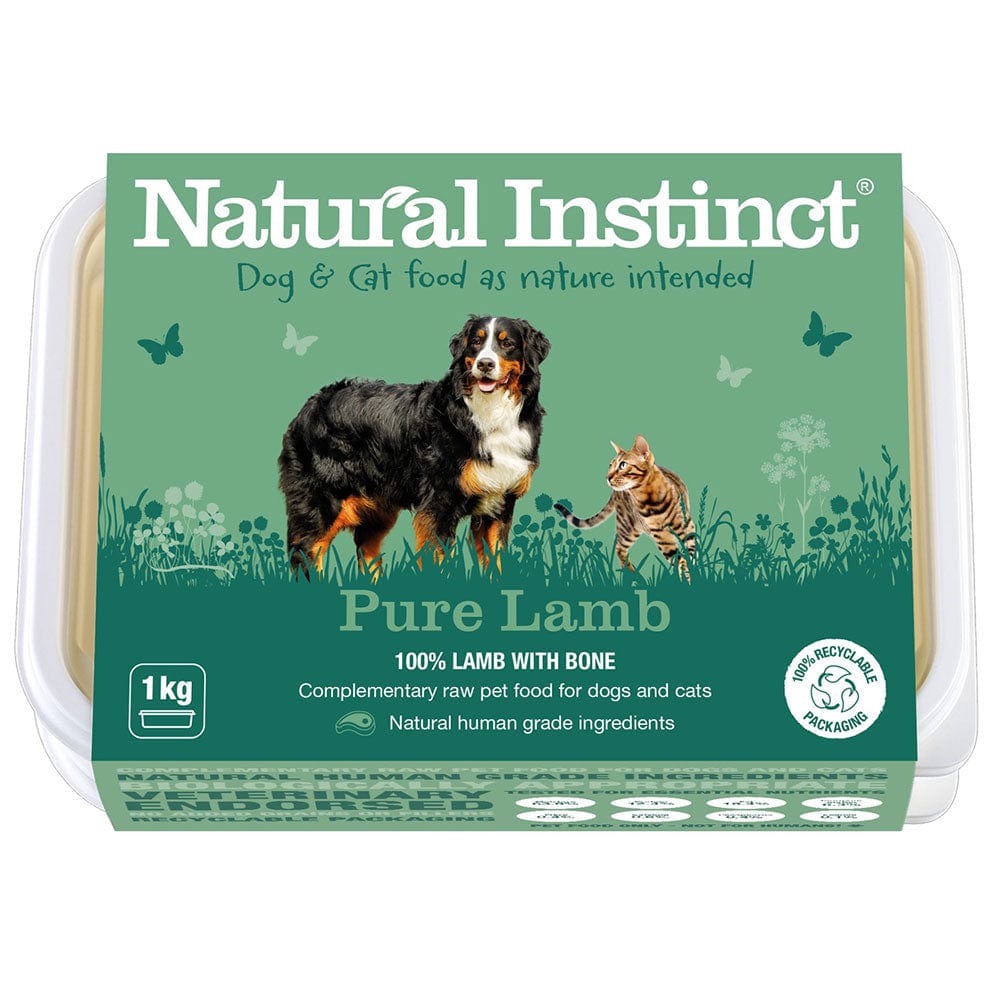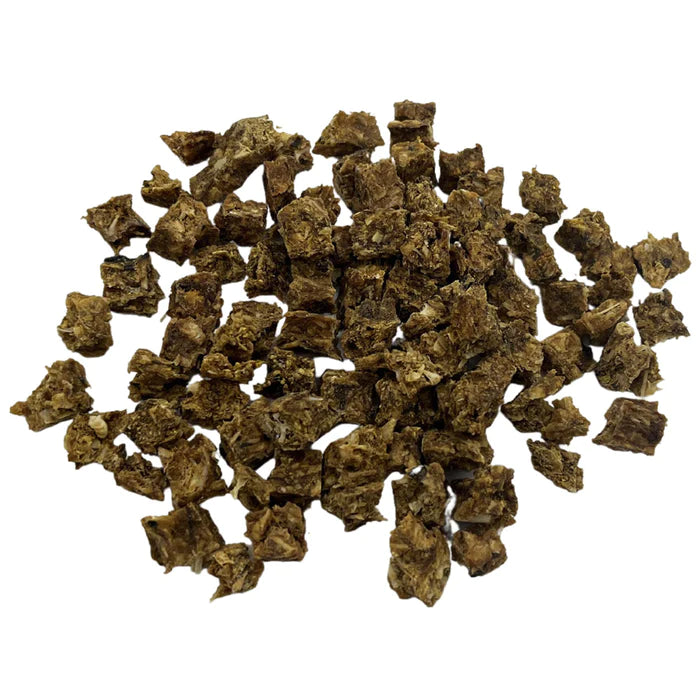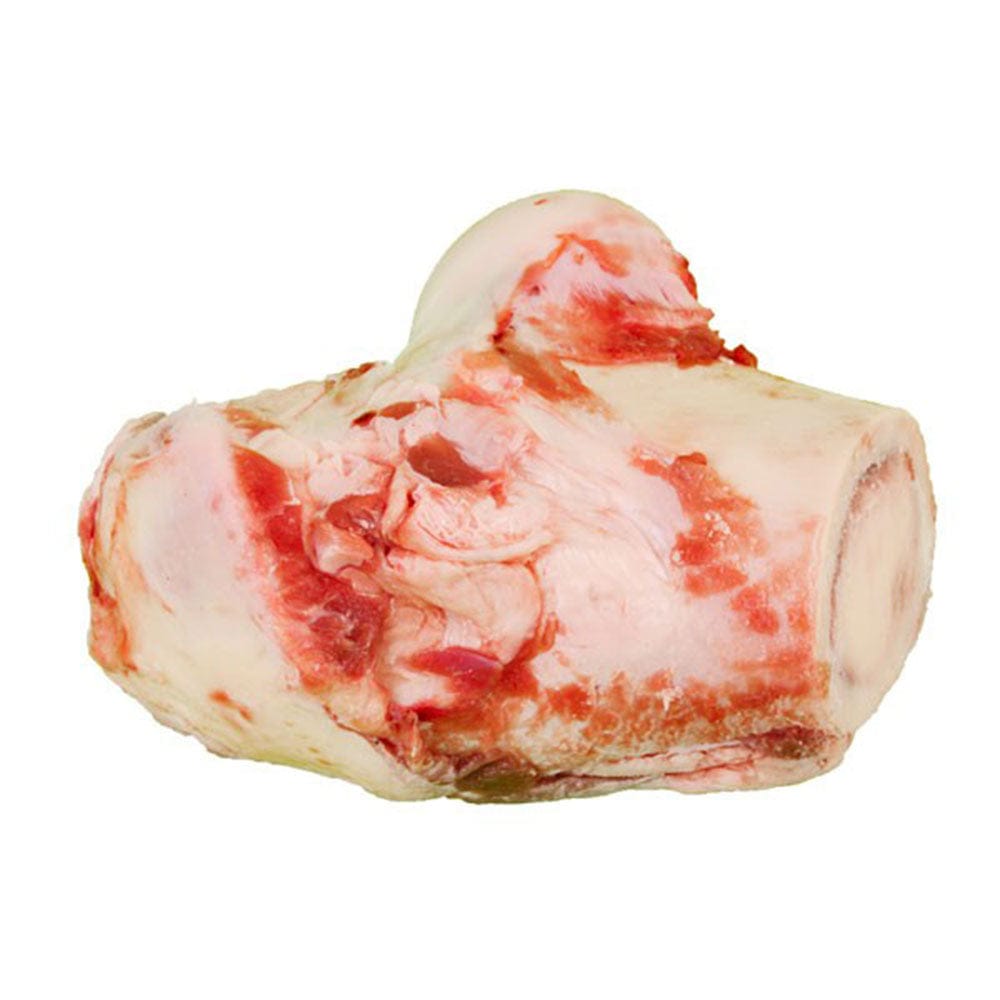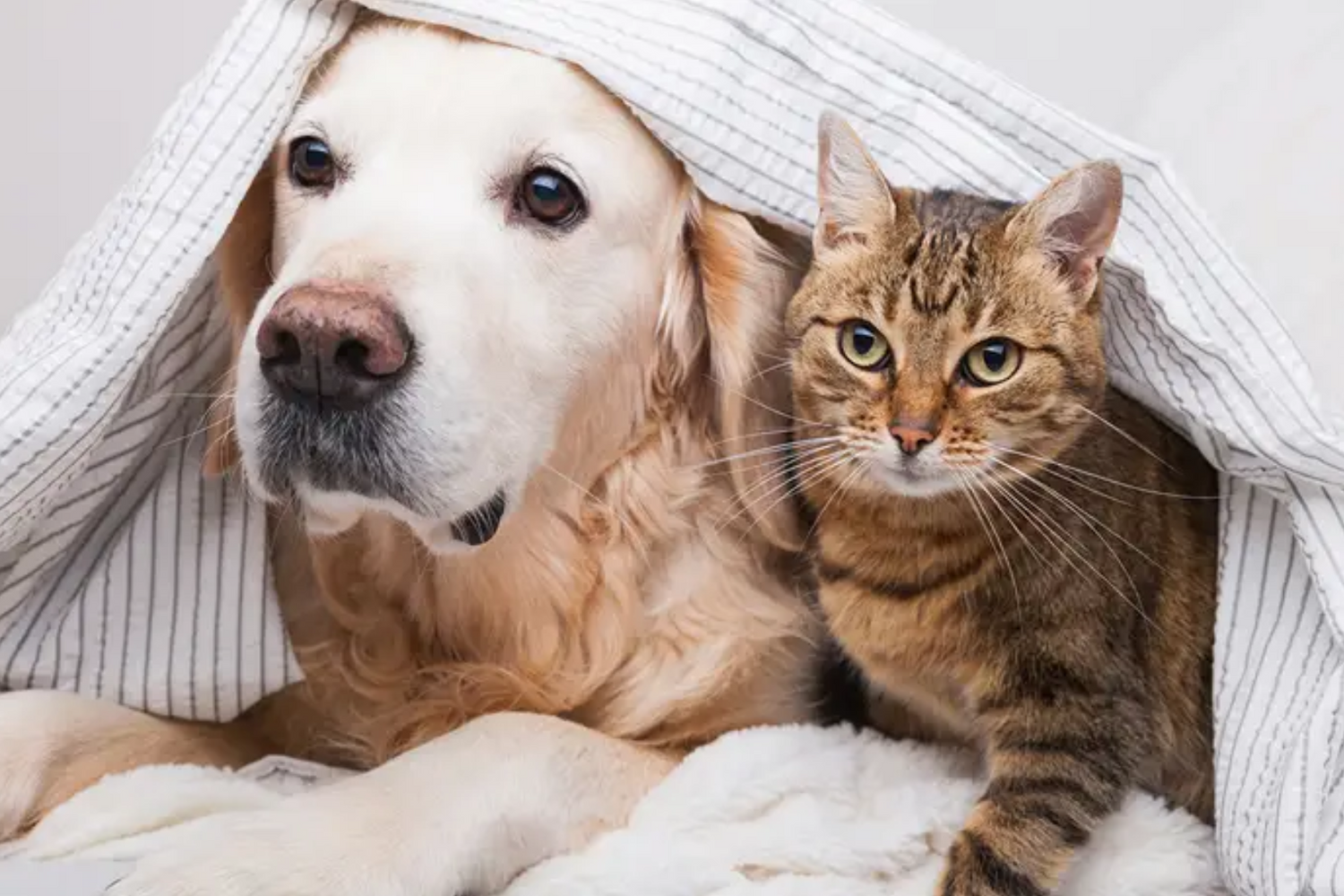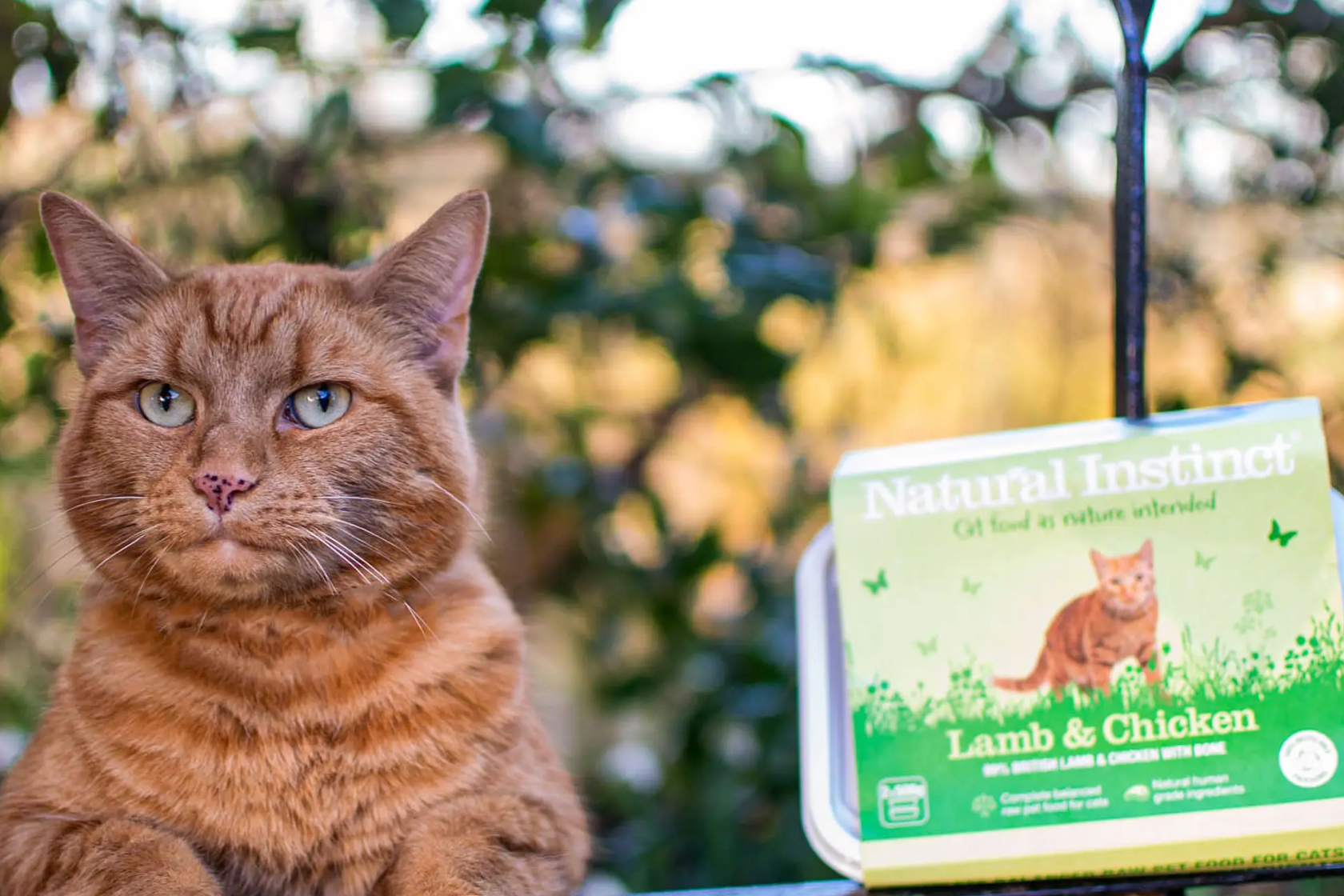As the number of new pet owners soars, Natural Instinct reveals the meaning behind the most common behaviours in dogs and cats.
As we enter National Pet Month, we are delighted to offer expert insight and top tips on translating common pet behaviours. With increased time spent at home over the past year due to government restrictions, it is no surprise to learn that 3.2 million households in the UK have acquired a pet since the start of the COVID-19 pandemic. What’s more, 38% of these households have never owned a pet before.
As national restrictions begin to ease, it is more important than ever that pet owners are educated and informed on their pets’ needs and behaviours. This National Pet Month, Natural Instinct’s Animal Behaviourist, Kirsten Dillon, translates five common behaviours of dogs and cats and their meanings:
Dogs:
Barking
Although barking is a common and natural dog behaviour, it rarely fits in with modern day living and can be seen as a nuisance. To address this, find the cause. It might be an alerting bark, anxious bark or attention seeking bark. The unpalatable truth is often that our dogs are under-stimulated mentally and simply bored. Time to stuff those Kong’s with their raw food!
Jumping up
This is a very rewarding behaviour for dogs, it results in the attention they crave! Instead of waiting for your dog to get it wrong, intervene before they do by dropping a treat on the floor by your feet. Your dog will learn the floor is a rewarding place. If they do jump, turn away but be sure to shower them with attention the moment all four feet are back on the ground. They will learn four feet on the ground will get them what they want.
Digging
If you have a dog that loves to dig, rather than trying to stop them, redirect them, away from your gorgeous flower beds! Sectioning off an area in your garden should do the trick. Fill it with a mixture of dirt and kids’ play sand, before burying treasures in it such as treats. Additionally, train your dog to dig on cue: say “dig, dig” and repeat until your dog starts digging. Then when you’re out on walks, your dog can get all of their natural digging desires out of their system in the woods rather than your garden.
Looking away, turning away, walking away
These are often overlooked behaviours that have huge importance. Our dogs expect us to understand these clear communication signals. they’re basically saying, “no thank you.” Learn your dog’s language and ask them if they want something. If they show this signal, we must respect it. Children should be taught this as soon as they have a dog in the home. Your dog will be safer and happier.
Pulling on the lead
The first reason, dogs naturally have a faster pace than we do. Secondly, a walk is without doubt the highlight of most dogs’ day! The key to teaching them how to walk nicely on a loose lead comes from patience and consistency. If you have a puppy, set your expectations accordingly, the amount of self-control and impulse it takes for a puppy to walk nicely is simply beyond their capability for the first few outings. So, use a longer, lightweight lead to discourage the pulling motion. If they’re older, ask for more focus as you walk and reward this with freedom to move off again.
Cats:
Scratching furniture
How much your cat scratches an area will determine how important that place is for them. The scent glands between their toes leaves information for other cats – plus it can relieve stress and anxiety. Cats also need to sharpen their claws so to ensure they don’t ruin your furniture, provide them with a scratch post and have several around the home. The more you have, the less likely it’ll be your sofa!
Rubbing against something
This is a common behaviour in cats that is used to cement bonds with their family and territory. Rubbing indicates both affection, greetings, and swapping scents. When cats do this to solicit attention from their humans, it is generally successful.
Littering in the house
Firstly, you must rule out a physical cause with your vet for this behaviour, such as a UTI. Otherwise, the most common cause is anxiety. Cats do not do well with change, from a house move to a new pet in the home. There are some general steps you can follow to help them out, the first one is the cat appeasing pheromone, Feliway. You can also try moving litter trays away from food, and ensure that you have at least one large, open tray for each cat in separate rooms. A private space where they won’t be bothered is important.
Meowing
Surprisingly, cats only ‘meow’ at us humans. Communication between cats doesn’t involve a ‘meow.’ They might hiss, spit or growl, but they won’t ‘talk’ like how they do to us. They ‘meow’ to announce their presence, attention or to display their displeasure. It shows how clever they are to realise they are dealing with a very vocal species and adapt a form of communication.
Treading or kneading
This is when felines push in and out with their front paws, alternating between left and right and using their claws slightly. Adult cats often do this when they are happy or content because they associate the motion with nursing and with their mother. Cats might even suckle on the blanket or surface it is kneading which is thought to be very comforting. It might also be related to preparing a surface for sleeping or giving birth.
By Kirsten Dillon
Animal Behaviourist & Canine Specialist


